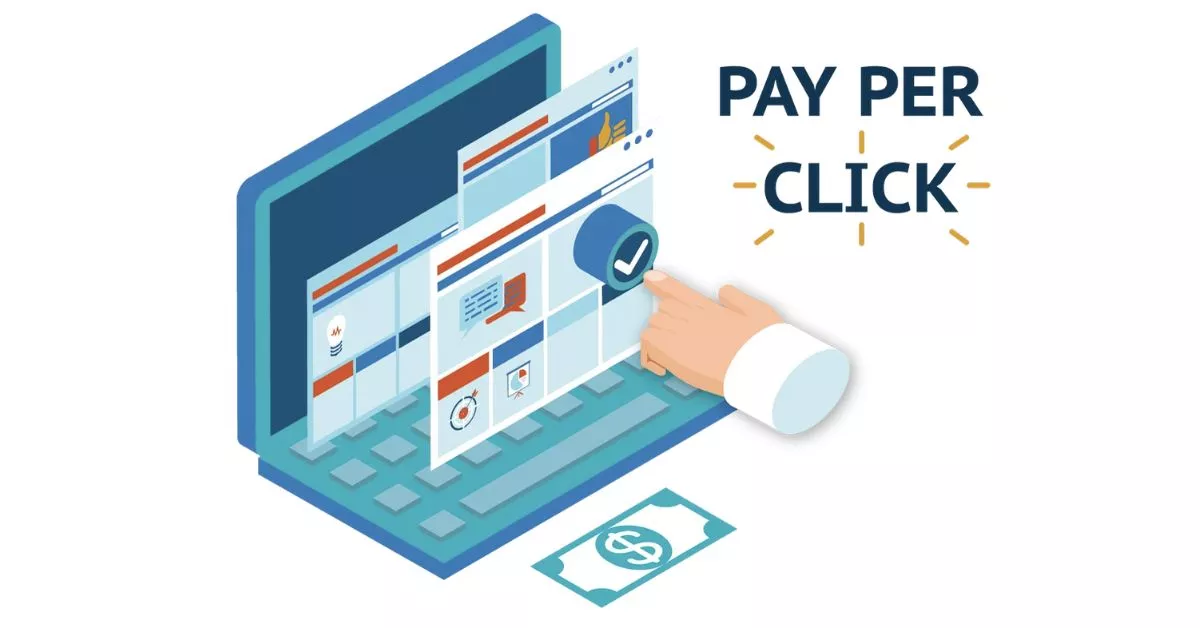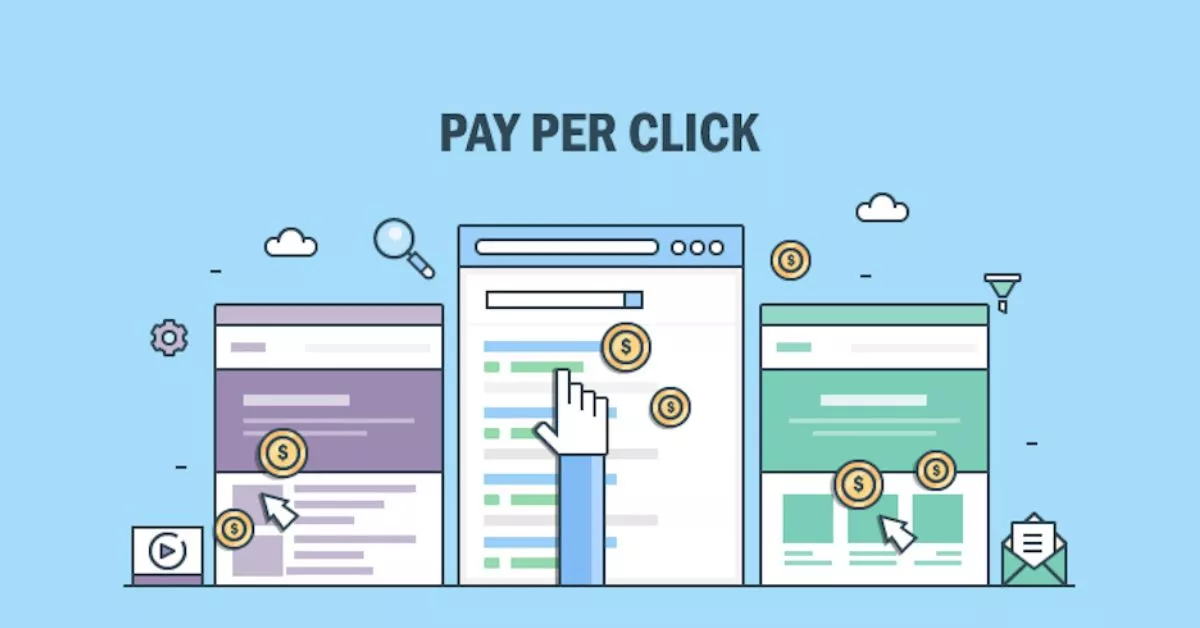PPC Advertising is a digital marketing model where advertisers pay a fee each time their ad is clicked. It’s a way of buying visits to a website rather than earning those visits organically through search engine optimization (SEO) or other methods.

How Does PPC Work?
- Ad Auction Process: Advertisers bid on keywords relevant to their target audience. When users conduct searches using those keywords, search engines display relevant ads in the search results.
- Keyword Relevance: Ad placement is determined by a combination of bid amount and ad quality score, which includes factors like ad relevance, landing page experience, and expected click-through rate.
Platforms for PPC Advertising
- Google Ads: The most popular PPC platform where ads are displayed in Google’s search engine results pages (SERPs) and on websites that are part of the Google Display Network.
- Social Media Platforms: Platforms like Facebook, Instagram, Twitter, LinkedIn, and others offer PPC advertising options to target specific audiences based on demographics, interests, and behaviors.
Components of a PPC Campaign
- Keywords: Selecting relevant keywords that align with the audience’s search intent and using them strategically in ad copy.
- Ad Copy and Creatives: Crafting compelling ad copy and visuals that entice users to click and engage with the ad.
- Landing Pages: Designing optimized landing pages that provide a seamless and relevant user experience, encouraging conversions.
Benefits of PPC Advertising
- Immediate Visibility: Instantly appear at the top of search results, driving immediate traffic to your website.
- Targeted Reach: Precisely target specific demographics, locations, interests, and behaviors, ensuring ads reach the right audience.
- Measurable Results: Detailed analytics provide insights into ad performance, allowing for continuous optimization.
Strategies for Effective PPC Campaigns
- Keyword Research: Extensive keyword research to identify high-performing keywords and negative keywords to refine targeting.
- Ad Testing and Optimization: Continuous testing of ad variations and optimizing based on performance metrics like click-through rate (CTR) and conversion rate.
- Budget Management: Careful management of budgets to maximize ROI and prevent overspending on underperforming keywords or campaigns.
Advanced Strategies and Considerations in PPC Advertising
Remarketing and Retargeting Campaigns
Implementing remarketing or retargeting campaigns allows advertisers to re-engage users who have previously interacted with their website or mobile app. By displaying tailored ads to these users as they browse other websites or social media platforms, it reinforces brand visibility and encourages return visits or conversions.
Ad Extensions and Enhanced Ad Formats
Utilizing ad extensions, such as site links, callouts, structured snippets, and call extensions, enriches ad listings, providing additional information and encouraging users to take specific actions. Enhanced ad formats, like responsive search ads, offer flexibility and allow automatic testing of different ad combinations for optimal performance.
Geographic Targeting and Ad Scheduling
Refining targeting by geographical locations and time scheduling ensures ads are shown to the most relevant audience at the right time. This strategy helps optimize ad spend by focusing on regions with higher conversion potential or during peak hours when the target audience is most active.
Quality Score and Ad Rank
A high-quality score, determined by ad relevance, expected click-through rate, and landing page experience, plays a crucial role in ad placement and cost-per-click. Optimizing ads and landing pages to align with search intent positively impacts quality score and ad rank.
Budget Allocation and Bid Management
Strategically allocating budgets across campaigns and adjusting bids based on performance metrics is essential. Employing automated bidding strategies or bid adjustments helps maximize ROI while staying within budget constraints.
Monitoring and Analysis
Regularly monitoring campaign performance metrics, such as impressions, clicks, conversions, and cost-per-acquisition (CPA), provides insights into ad effectiveness. Utilizing analytics tools for data-driven decision-making and adjusting strategies accordingly is key to ongoing success.
Continuous Testing and Optimization
A culture of continuous testing and optimization is fundamental in PPC advertising. Experimenting with different ad formats, bidding strategies, targeting options, and ad placements helps identify what works best for specific audiences and objectives.

Conclusion
PPC Advertising offers a targeted, measurable, and efficient way to reach potential customers and drive conversions. By employing strategic keyword targeting, compelling ad creatives, and continuous optimization, businesses can harness the power of PPC to achieve their marketing objectives and grow their online presence.
This breakdown of Pay-Per-Click (PPC) Advertising highlights its key elements, strategies, and benefits for businesses aiming to drive targeted traffic and conversions in the digital landscape. Adjustments can be made to explore specific platforms or advanced tactics within PPC advertising based on requirements or interests.
